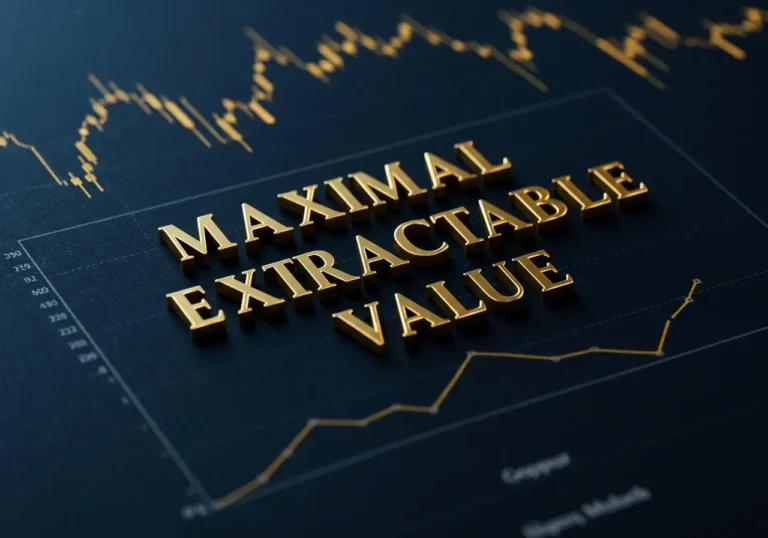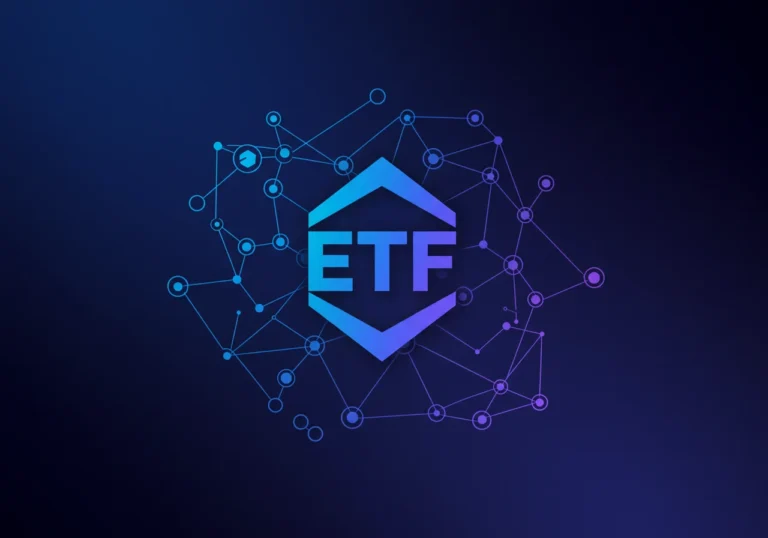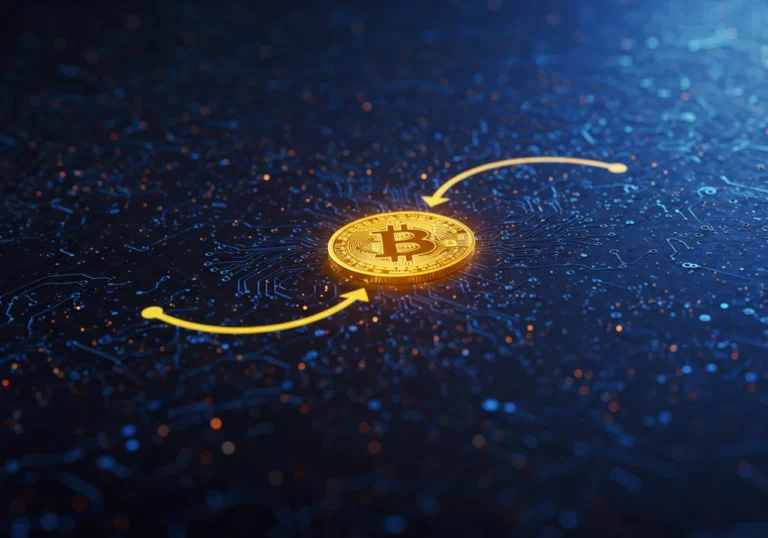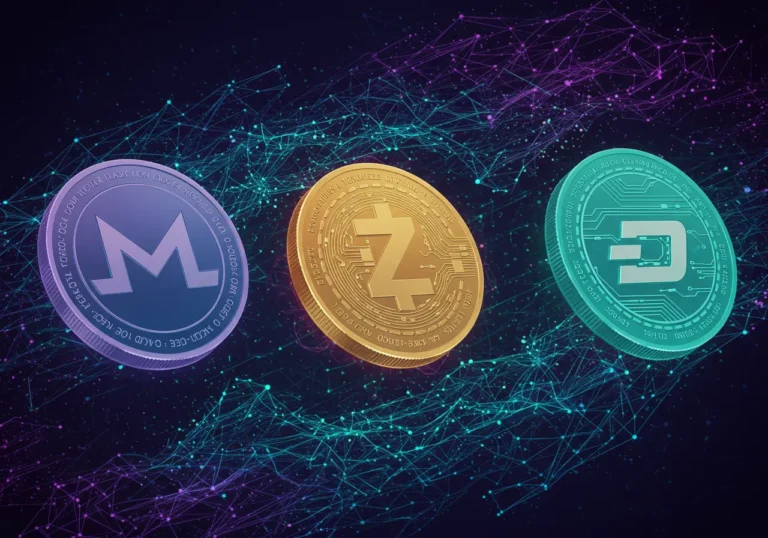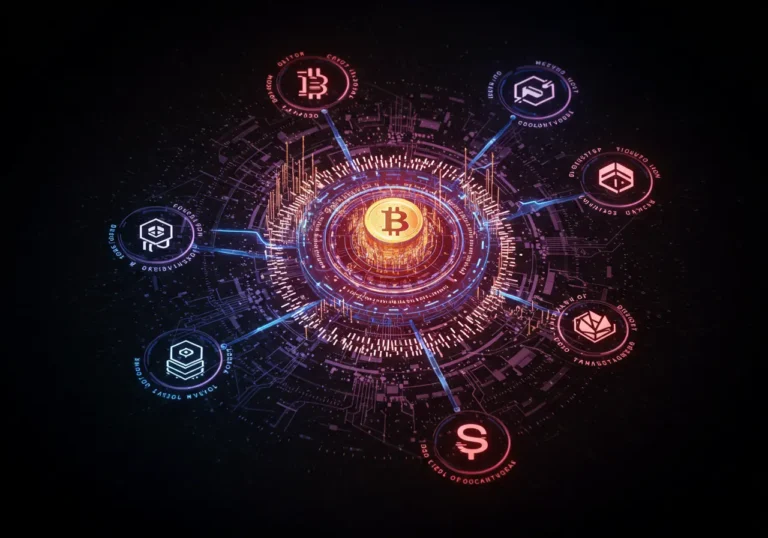NFTs Explained: How Non-Fungible Tokens Work
Have you ever stood in front of something and felt your heart skip — a painting, a song, or even a photo that made you smile? Maybe you thought, “Wow, I wish I could own something like that.” Well, today it’s possible to own a one-of-a-kind digital thing. And no, it’s not a fad or a trick — it’s a new way of proving that something digital is yours. This article will walk with you, step by step, and keep things simple. You’ll get the idea even if you’ve never touched crypto before. Let’s chat.
NFT — that short word has been everywhere. But what does it actually mean? In plain English, it’s a way to own a unique digital item. And in this article we’ll explain the Non-fungible tokens definition, how NFTs blockchain technology makes ownership work, and why people care about Digital collectibles ownership and more.
What is an NFT?
An NFT, or Non-Fungible Token, is a type of digital asset that acts like a “certificate of authenticity” stored on a blockchain.
Unlike cryptocurrencies such as Bitcoin or Ethereum, where each unit is identical and interchangeable, every NFT is unique and cannot be swapped one-for-one with another of equal value.
NFTs can represent digital art, music, videos, in-game items, and even virtual real estate, giving the buyer official ownership of that specific digital version—even though copies may exist online. In short, it’s a way to prove ownership and originality in the digital world.
Everyday example
Imagine a signed baseball card. You can make many baseball cards, but the one with the real signature? That one is special.
How NFTs actually work: the simple mechanics
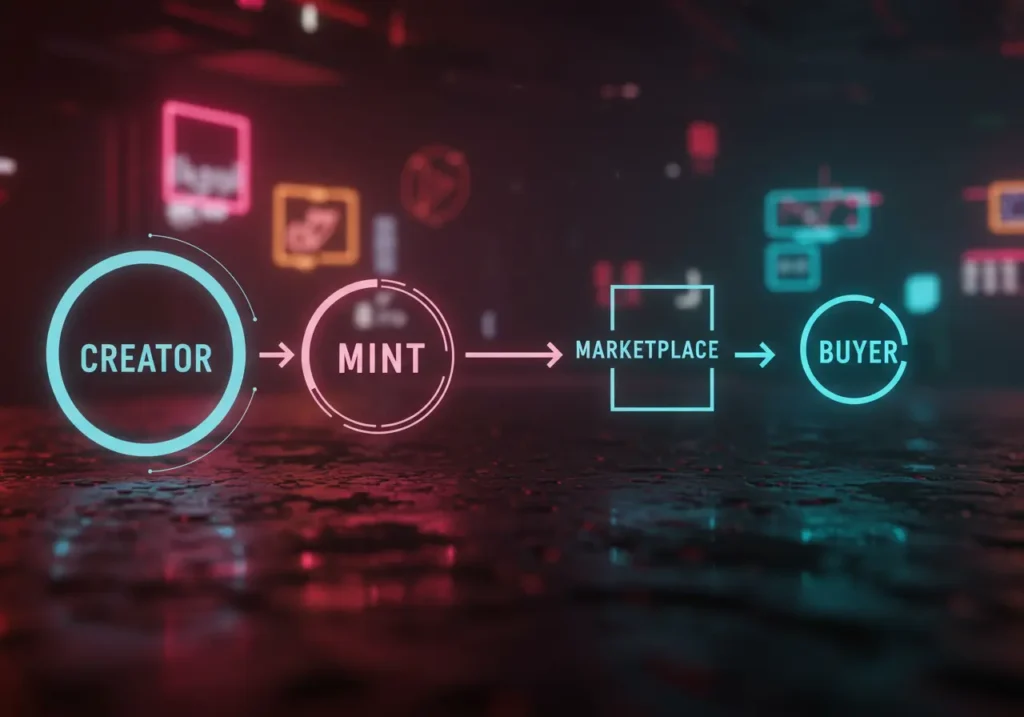
Here we’ll look behind the curtain, without heavy words.
1. The ledger that keeps the record — NFTs blockchain technology
Think of a blockchain as a public notebook that lots of people can see but no one can erase. When an NFT is created, a record is written in that notebook. It says who owns it now and where it came from. That record is permanent. So if you own an NFT, the ledger will always show that someone (you) owns it.
2. The rulebook — Ethereum smart contracts
Most NFTs live on networks like Ethereum. There’s a tiny program called a smart contract that lives on the blockchain and says how the token behaves. For example: who created the token, how many copies (usually one), and if the creator should get paid when it’s resold. These are automatic rules. Once set, they run by themselves.
A popular rule set for NFTs is the Token standard ERC-721. It’s like an agreed format so marketplaces and wallets know how to read the token.
Why people buy and sell NFTs (real reasons, not hype)

People are drawn to Unique digital assets for many reasons. Here are a few that make sense:
- Sentimental value: I might love a digital drawing because it reminds me of something in my life.
- Collecting: Just like people collect stamps, some collect digital cards or art. That’s Digital collectibles ownership.
- Supporting creators: Buying an artist’s piece can feel like backing them. Many artists sell in Crypto art marketplace places.
- Investment: Some hope the item grows in value, though that’s risky.
- Utility: In some games, an item sold as an NFT can be used inside the game — that’s the NFTs gaming industry in action.
Common kinds of NFTs you’ll see
- Art and illustrations — digital paintings and profiles images (PFPs).
- Music and audio clips — songs, short sounds, rights to special content.
- Collectible cards and items — trading cards or in-game gear.
- Virtual real estate and avatars — land or characters in online worlds.
- Certificates and ticketing — proof of ownership or attendance. This is similar to Tokenized assets authentication, where real-world items get a digital twin.
How to buy, sell or display an NFT — easy steps
You don’t need to memorize code. Here’s the short path:
- Create a digital wallet (an app that holds your crypto and tokens).
- Add some cryptocurrency (like Ether if the market uses Ethereum).
- Pick a marketplace (places where NFTs are shown and traded).
- Connect your wallet, and follow the site to buy or sell.
And yes — there are fees (called gas fees) sometimes. They can be low or high depending on the network.
The tech side
What is a wallet?
A wallet is like an email inbox for your tokens. It holds the secret key that proves you own your NFT on the blockchain. If you lose that key, you lose the NFT. So keep it safe.
What is minting?
When a creator turns a digital file into an NFT, that act is called minting. It’s like printing the certificate and putting it in the permanent notebook.
Safety, scams, and the real risks
I’d be lying if I didn’t mention this: there are risks.
- Scams: Fake listings, copied art, or phishing sites that try to steal your key. Always check the creator and the marketplace.
- Volatility: Prices can change fast. One month something is popular. The next month, not.
- Copyright confusion: Owning an NFT usually doesn’t mean you own the copyright to the thing. It means you own the token that points to it. Big difference.
- Environmental concerns: Some networks use a lot of energy. But many are moving to greener methods.
A good rule: be curious, but cautious. Ask: who made this? Where is it listed? Do I understand the cost?
Real-life use cases that matter
Artists and creators
An illustrator can sell a piece directly to fans. They can also set smart contract rules so they earn a small fee each time the piece is resold. That’s a game-changer for many creators.
Gaming
In the NFTs gaming industry, players can own rare items and trade them outside the game. This gives real value to time spent in a game.
Verification and ownership
Some companies use Tokenized assets authentication to prove something is real — for example, a luxury watch’s digital twin, or a certificate for limited edition sneakers.
Finance
Yes, people are exploring NFTs decentralized finance — using NFTs as collateral in loans, or bundling NFTs into financial products. This area is newer and more experimental.
Common terms you’ll run into (plain language)
- Marketplace: A website where NFTs are listed and sold.
- Mint: To create the NFT record on the blockchain.
- Gas fees: Transaction costs to write on the blockchain.
- ERC-721: A common rulebook (Token standard ERC-721) for unique tokens.
- Smart contract: A small computer program that runs on the blockchain, like Ethereum smart contracts.
How artists protect their work and why collectors care
Creators often include a history of the work in the token. When you buy, you can see who made it, and who owned it before. This history helps with trust. It’s similar to how a painting with a proven story is more valuable than one without.
Collectors care because owning a verified piece feels different than having a copy. You might still be able to view and share the image online, but only one person holds the verifiable token — the official proof.
FAQs — quick answers to likely questions
Do I own the copyright when I buy an NFT?
Usually no. You own a token that points to the item. Copyright stays with the creator unless explicitly transferred.
Are NFTs only on Ethereum?
No. Ethereum is common, but other blockchains offer NFT support too. Still, many marketplaces use Ethereum standards.
Can I copy an NFT image?
You can copy the image file like any file online. But the blockchain record that proves authenticity is unique and cannot be copied.
Tips to move forward safely
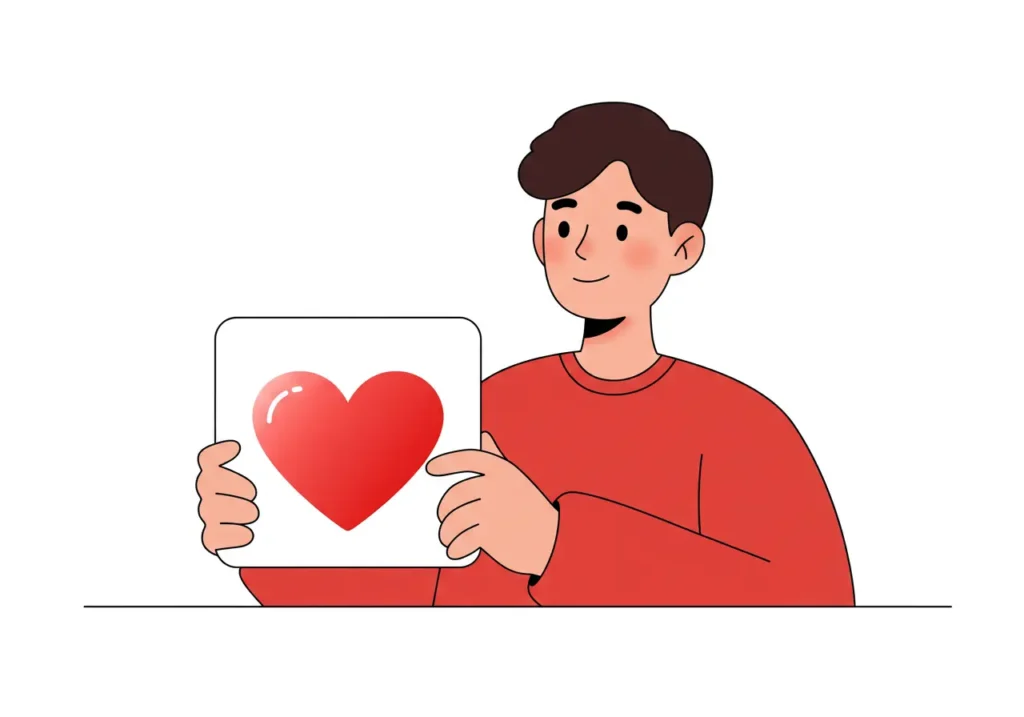
- Use trusted marketplaces and official links.
- Keep your wallet keys private and backed up.
- Start small. Treat your first buys as learning experiences.
- Learn to read a listing: who created it, how many copies exist, and what rights you gain.
Final thoughts — why this matters to you
This technology gives creators new ways to connect with fans. It gives collectors a way to prove ownership of meaningful digital items. But it’s not magic — it’s tools, ideas, and trade-offs. Be curious, but take small, careful steps. Think of an NFT as a way to hold a digital moment in your hand, even if that “hand” is a key in your digital wallet.
And if you’re still unsure, start by following creators you like, reading a few listings, and watching how others buy. You’ll learn faster than you think. No rush — just one small step at a time.
Bullet-point summary — quick takeaways
- NFT = a unique digital token that proves ownership of a digital item.
- Non-fungible tokens definition: Not interchangeable; each token is one of a kind.
- NFTs blockchain technology: Blockchain records proof of ownership permanently.
- Digital collectibles ownership: Collect and show verified digital items.
- Ethereum smart contracts and Token standard ERC-721: Rules that make NFTs work.
- Crypto art marketplace: Where creators sell digital art and collectors buy.
- Tokenized assets authentication: Use NFTs to verify real items or digital twins.
- NFTs decentralized finance: Emerging ways to use NFTs in financial services.
- Unique digital assets are valuable to collectors, creators, and gamers.
- NFTs gaming industry: In-game items can be owned and traded outside games.
Table of Contents

Hello, I’m Edmilson Dias, founder of CoinBringer. I created this platform to guide people through the fast-moving world of cryptocurrency with clarity and safety. With years of research in blockchain and digital security, my goal is to translate complex topics into practical knowledge, offering reliable tutorials, safety insights, and guidance for both newcomers and experienced users.
Discover more from CoinBringer
Subscribe to get the latest posts sent to your email.


